Flourishing in the Face of Adversity: Seeds of Success, Part 2
From May through October this year, my colleague Ellyse Varone and I scouted, identified and collected seeds from more than 30 populations of 18 different species. We overcame many hurdles—collecting through a pandemic, a late June freeze and early September snowfall, insect and ungulate herbivory, drought and fires—and all while short-handed with limited time and a limited collection area. Despite the many factors that may have held us back, we successfully completed the 30 seed collections required of us for the Seeds of Success program and planned more seed collections for the month of October.
Some collections had been planned for months, awaiting inflorescences to flower and flowers to seed. Other collections occurred spur of the moment where we found plants both in flower and in seed and were able to complete a full collection in a few unscheduled hours. We traveled among five Colorado counties: Routt, Larimer, Jackson, Grand and Eagle. Eagle County was experiencing the height of Colorado’s drought this summer and proved the most difficult county to collect in. While there, we encountered impassable roads, sudden dead ends, popped tires and turns too tight to maneuver.
However, Eagle County did prove to be plentiful for showy milkweed (Asclepias speciosa). This was one of our simplest collections requiring only 80 seed pods and about 20 minutes of collecting to gather more than 10,000 seeds. Before their pods dehisce (split open), the showy milkweed seeds resemble fish scales. The vegetative parts of the plant bleed a milky white latex when cut or bruised.
We arrived at these plants just in time before their seed pods opened and their tufted seeds flew on the wind to populate places far and wide to aid the monarch butterflies’ migration through North and Central America. Yellow owl’s clover (Orthocarpus luteus) proved to be one of our most difficult collections, requiring us to crawl on hands and knees to inspect each 10-centemeter plant to collect more than 1,700 tiny seed pods to reach our goal.
We ran into many challenges over the summer and still collected well over 300,000 seeds to be included in the Seeds of Success library of seeds where they will await their turns to revegetate and repopulate native plant communities. In our changing and uncertain world, it is great to know that we have contributed to the success of future restoration projects unbeknownst to us.
Gallery
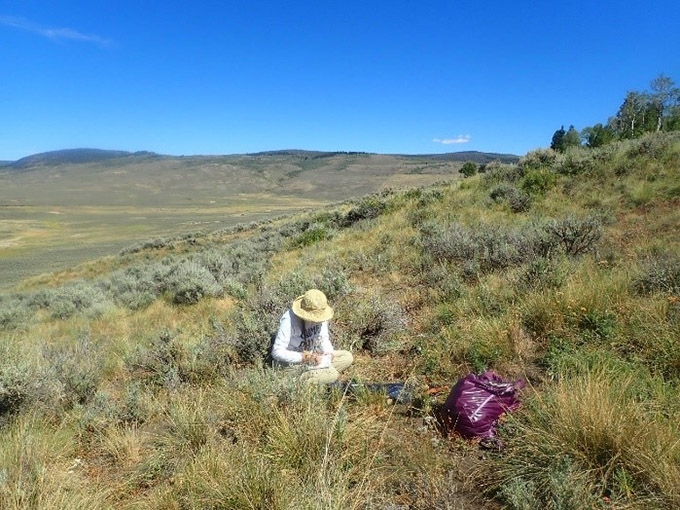
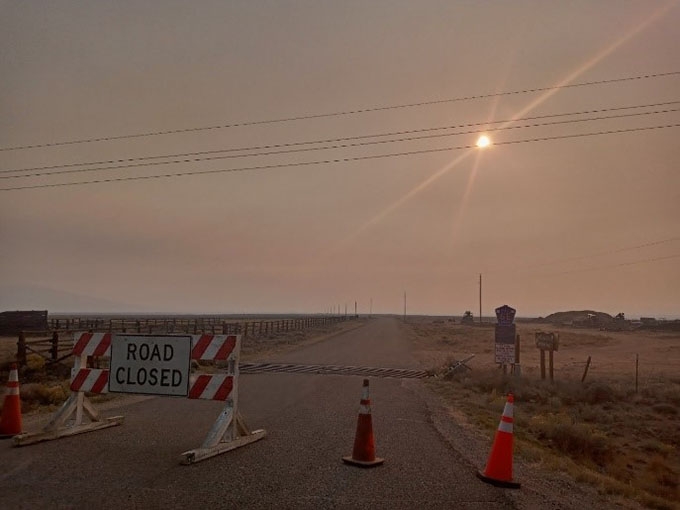
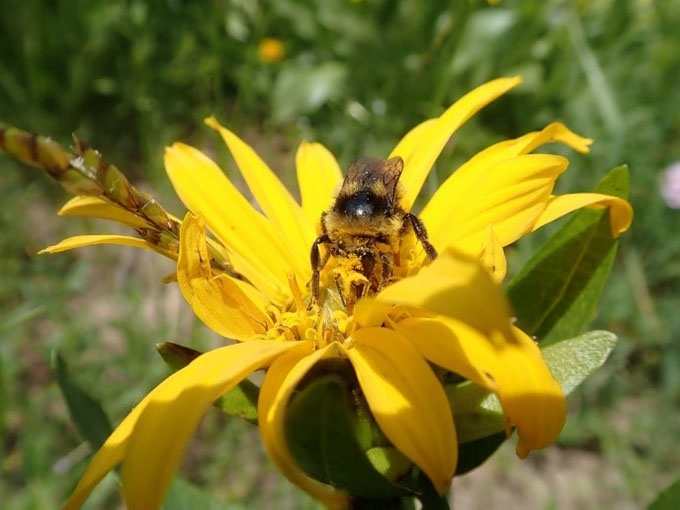
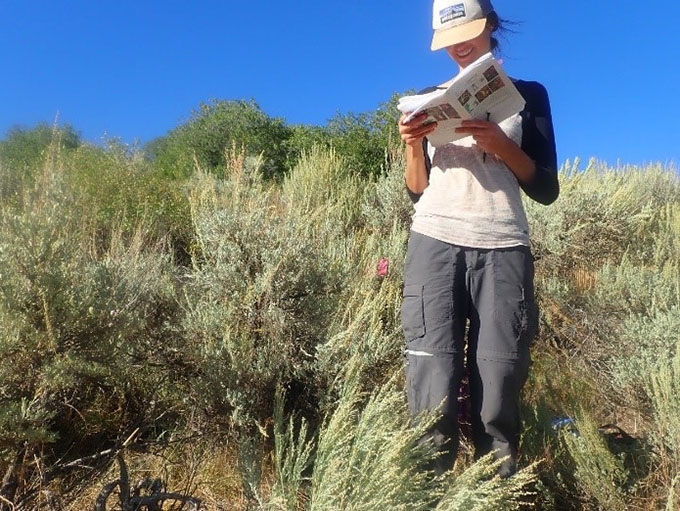
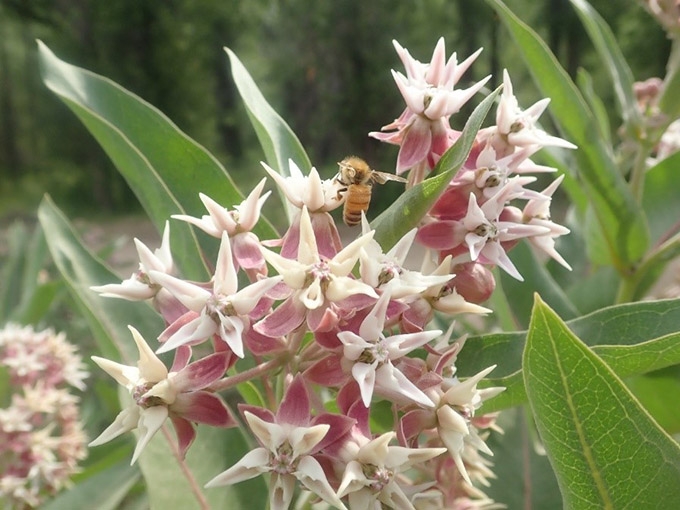
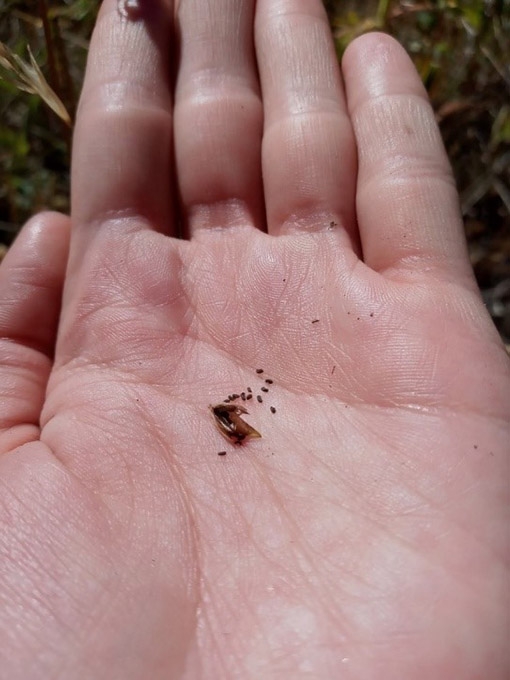
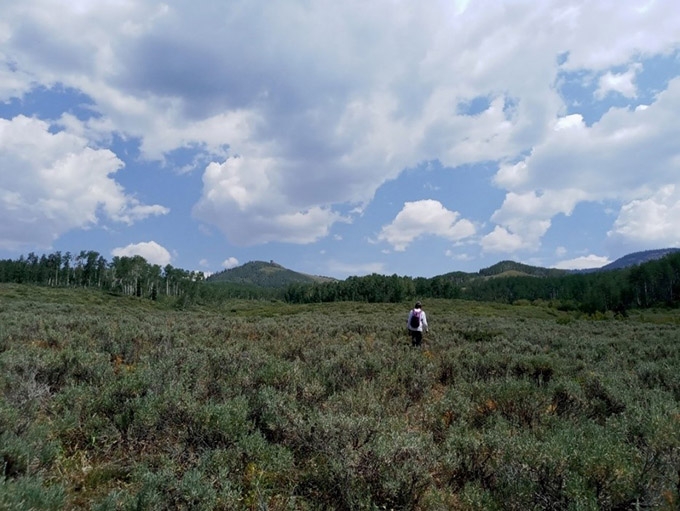
Add new comment